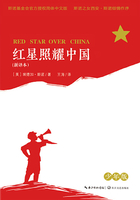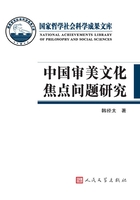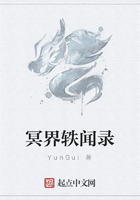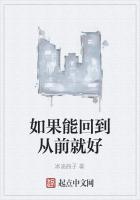The Jurchen were an ancient ethnic minority in China, originating from Heishui Mohe of the Tang Dynasty (618-907). In the late Northern Song Dynasty (960-1127), Wanyan Aguda unified the Jurchen tribes and founded the Jin Dynasty (1115-1234). In the middle period of the Ming Dynasty (1368-1644), the Jurchens began to merge with the local Han people and the area where they lived began to move southwards. In the Ming Dynasty, the Jurchens were divided into Jianzhou Jurchens, Haixi Jurchens and Wild Jurchens. The Central Government of the Ming Dynasty established administrative bodies in the Jurchen areas to manage military and political affairs.
In the middle years of the Ming Dynasty, the three major Jurchen tribes in the Changbaishan Mountains and Heilongjiang River attacked each other and within each tribe, there were also internecine disputes.
Nurhaci (1559-1626), surnamed Aisin Gioro, was born in Hetuala (present-day Xinbin in Liaoning). Both his grandfather and father were junior chieftains of the Zuowei Clan of Jianzhou Jurchens and were appointed officials of the Ming Dynasty.
In 1583, the chieftain of the Jianzhou Jurchens Atai launched a rebellion. Nikan Wailan, the head of Tulun Town under the Suksuhu River tribe led the Ming troops to suppress the rebellion. In the course of suppressing the rebellion, the Ming troops slaughtered the father and grandfather of Nurhaci by mistake. At that time, Nurhaci,
who was the Commander of Zuowei in Jianzhou, petitioned the Ming court that Nikan Wailan be handed over for punishment. However, his request was rejected. Nurhaci swore to unleash his troops decked out in the suits of armor left by his father to seek vengeance against his sworn foe Nikan Wailn.
Nurhaci occupied the Tulun Town of Nikan Wailan and drove him away. He also took the chance to attack other tribes of Jianzhou Jurchens. Within five or six years, Nurhaci had conquered all the other tribes of Jianzhou Jurchens and had killed Nikan Wailan. In 1593, Nurhaci united the Jianzhou Jurchens.
Subsequently, the ambitious Nurhaci began to launch wars to unify other Jurchen tribes. To preclude interference from the Ming Dynasty, he built up his forces in secret and at the same time pledged allegiance to the Ming emperor. In 1595, Nurhaci was made Dragon and Tiger General.
Over 30 years, Nurhaci conquered all the major tribes of Haixi Jurchens and Wild Jurchens through force of arms.
In 1616, Nurhaci declared himself Khan and founded the Jin Dynasty, taking the Chinese imperial title, Tianming and making Hetuala his capital. In the 12th and 13th centuries, Wanyan Aguda of the Jurchens had founded a Jin Dynasty (1115-1234), so the Jin Dynasty founded by Nurhaci is known as the Later Jin to differentiate between the two dynasties.
In 1618, Nurhaci rose in rebellion against the Ming Dynasty. In the Battle of Saerhu, Nurhaci smashed the main force of the Ming army outside the Shanhaiguan Pass. Nurhaci moved his capital to Liaoyang in 1621 and to Shenyang in 1625.
In 1626, Nurhaci attacked the Ming troops in Ningyuan City (present-day Xingcheng in Liaoning), but was defeated by the defending general Yuan Chonghuan. He was seriously wounded and died soon after.
In 1636, the successor of Nurhaci Hong Taiji declared himself emperor, changing the title of the dynasty from “Jin” to “Qing”.
After the Qing Dynasty (1644-1911) was founded, Nurhaci was conferred with the posthumous title Taizu.















